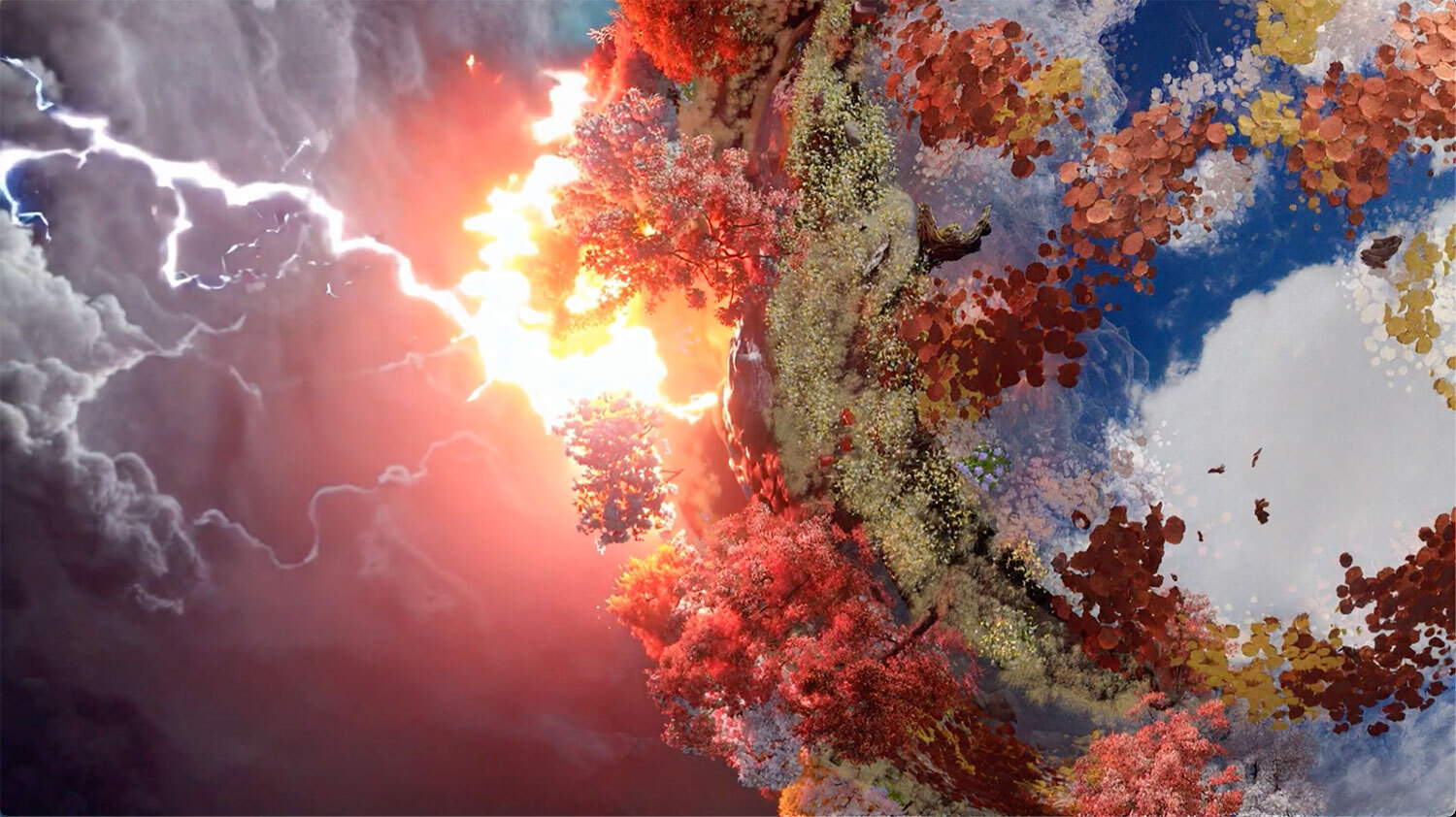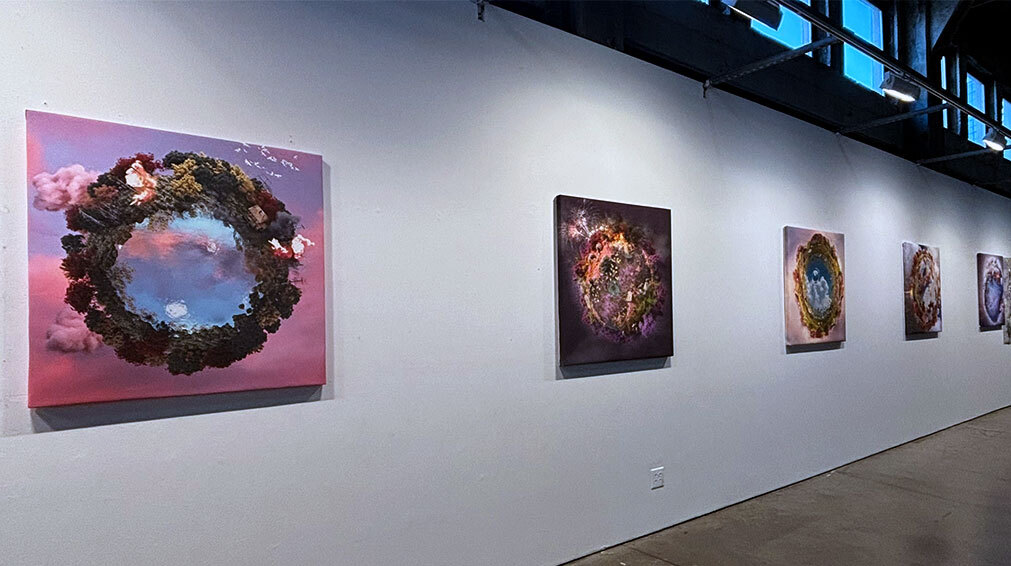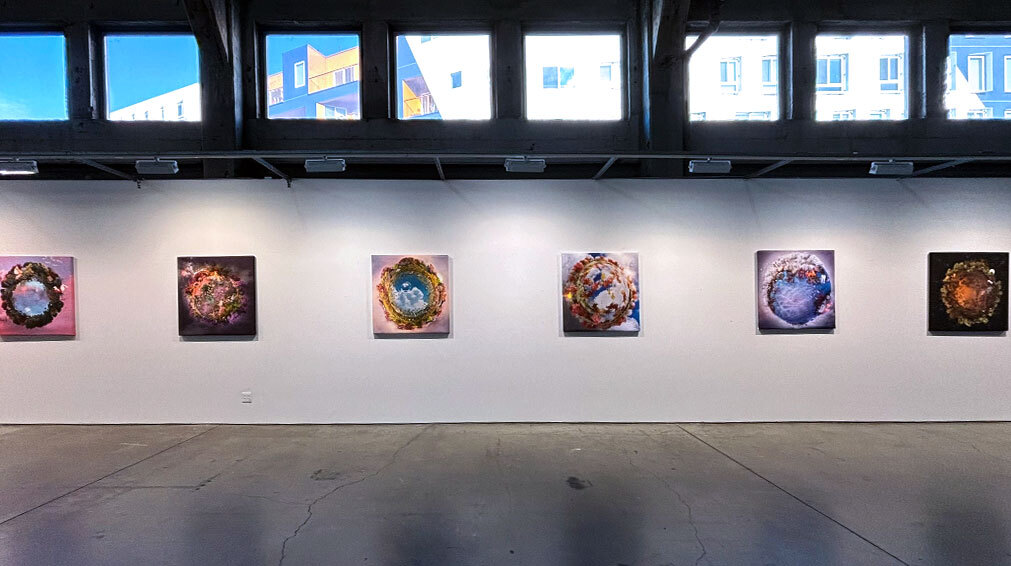SCI-Arc Research on Los Angeles Wildfires to Be Exhibited at Venice Biennale

In the months before tragic wildfires struck Los Angeles this year, SCI-Arc faculty and students worked to envision how design can mitigate the growing threat of disaster while reimagining the resilience of urban landscape. Carried out in consultation with experts on wildfires and other natural disasters, the Atlas of Risk studios mark a significant milestone for the institution’s exploration of climate, urbanism, and technology.
Curated as part of the prestigious international exhibition, the research addresses critical issues of environmental adaptation and architectural responses to extreme conditions. Through a combination of advanced computational analysis, speculative design, and material innovation, the project offers new perspectives on how Los Angeles—and cities globally—can rethink their relationship with fire-prone environments.

In addition to the Atlas of Risk FIRE studio from Fall 2024, SCI-Arc will also present student work from the M.Arch 2 Fall 2024 studio, led by faculty members Florencia Pita and William Virgil, which examines WATER, as well as the second-year undergraduate studio from Spring 2025, taught by faculty member Jennifer Chen, which explores WIND. These projects collectively examine the role of architecture in responding to the growing risks posed by natural disasters.
SCI-Arc’s participation in the Biennale underscores its commitment to pushing the boundaries of architectural research and engaging in global discourse on pressing ecological challenges. The exhibition will showcase models, immersive visualizations, and interactive elements that highlight the school’s multidisciplinary approach to problem-solving.


“The Venice Biennale is the perfect venue to present this work, as it provides a platform for urgent conversations around climate change, architecture, and the future of cities,” said Elena Manferdini, the project lead. “Wildfires are reshaping the built environment in profound ways, and this research offers new frameworks for how we might respond.”
SCI-Arc’s wildfire research has also engaged with key figures and institutions in fire resilience. SCI-Arc alumnus David Hertz (B.Arch ‘83) has been deeply involved in wildfire resilience, helping to form the Community Brigade Program for the Santa Monica Mountains and serving as the captain of the County Line Community Fire Brigade, a program that operates under LA County Fire Division 7. His work serves as an important example for the architectural community.

The school has also collaborated with external partners to advance its research. The Fall 2024 studio worked with the CalPoly WUI Fire Institute, including director Frank Frievalt, faculty members Margot Mcdonald and William J. Siembieda, as well as the Natural Hazards Risk and Resiliency Research Center (NHR3) at UCLA. Key researchers from UCLA include Tarannom Parhizkar, a research scientist at the Institute for Risk Sciences, and Ali Mosleh, the institute director and Evalyn Knight Chair in Engineering.
Since the fires, SCI-Arc has been actively contributing to the conversation on wildfire resilience, recently hosting the event "Rebuilding After Disaster," which explored new approaches to designing for fire-prone regions. Erik Ghenoiu, Head of the SCI-Arc Resilient Futures Task Force, has been instrumental in leading these efforts.
The 2025 Venice Architecture Biennale will run from May to November, drawing architects, designers, and researchers from around the world. SCI-Arc’s contribution continues its legacy of innovation and reinforces its role at the forefront of architectural experimentation.